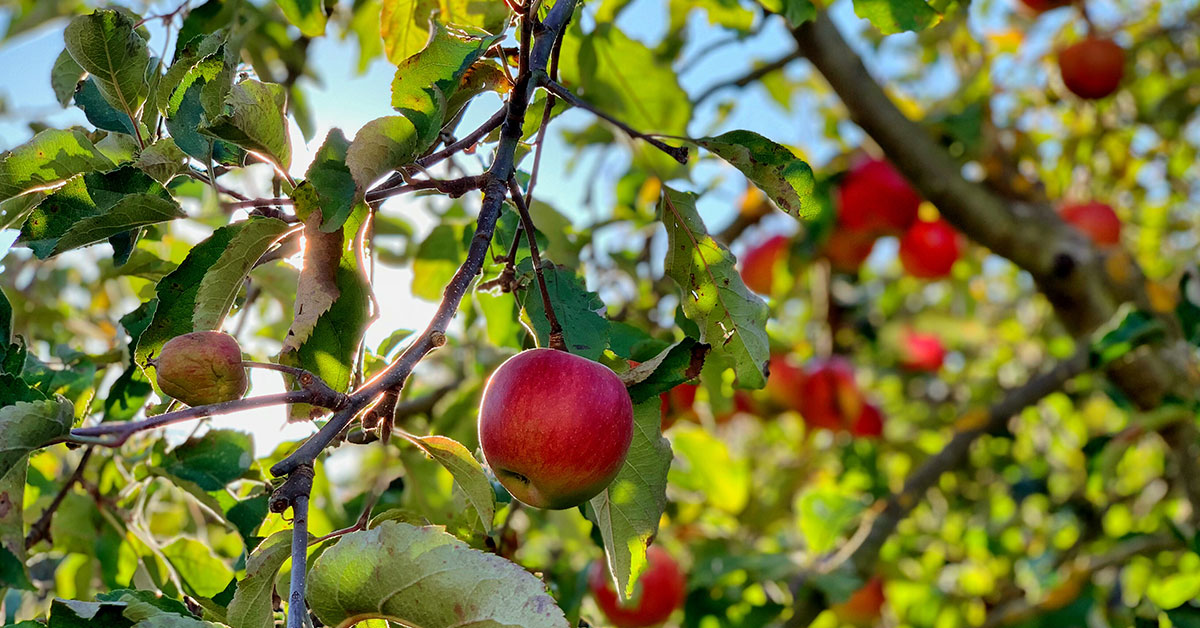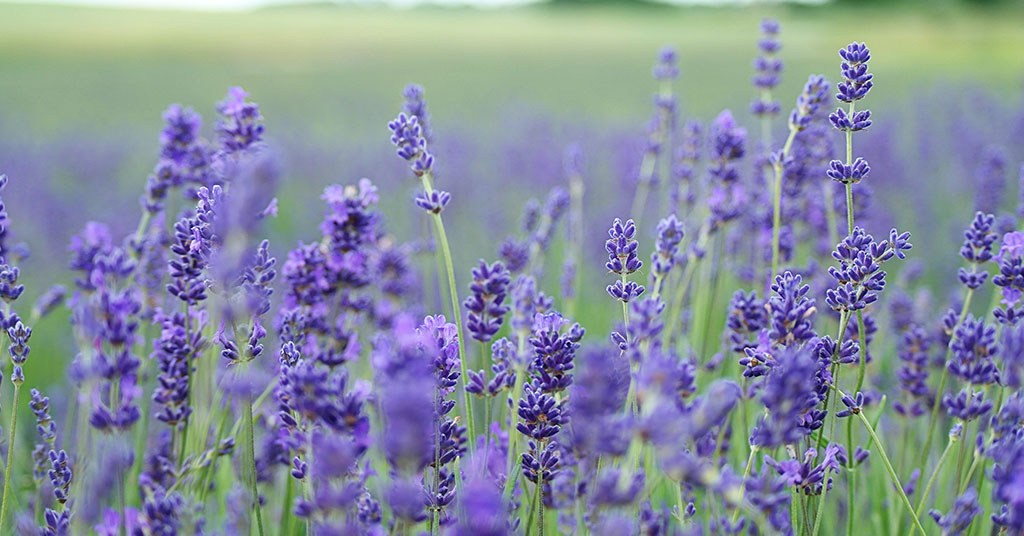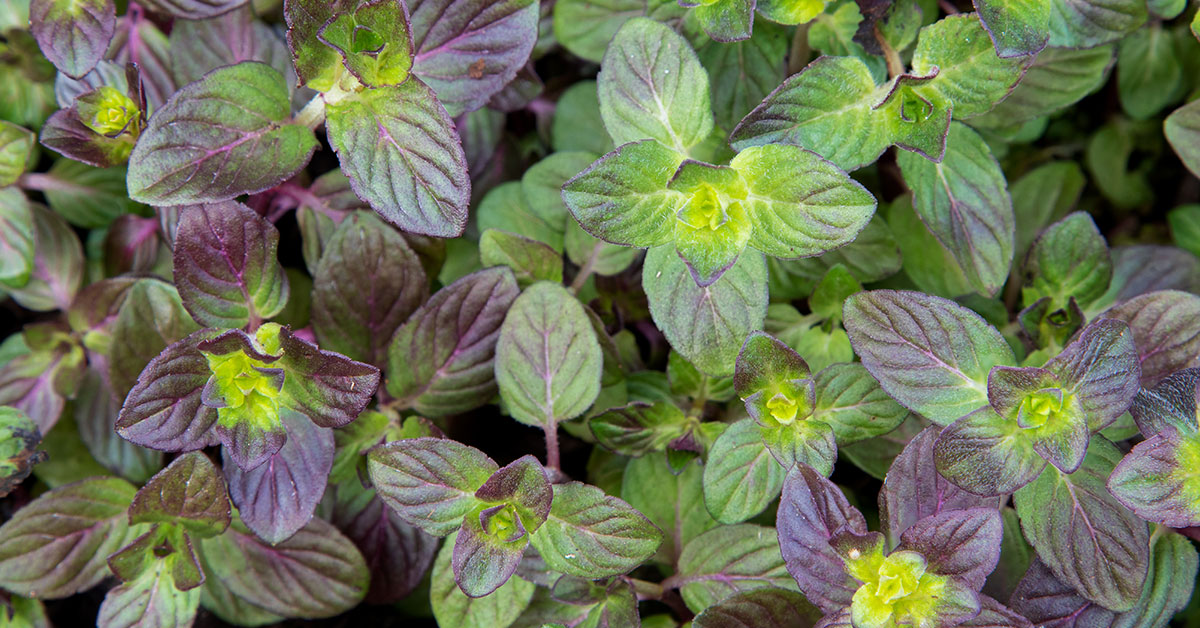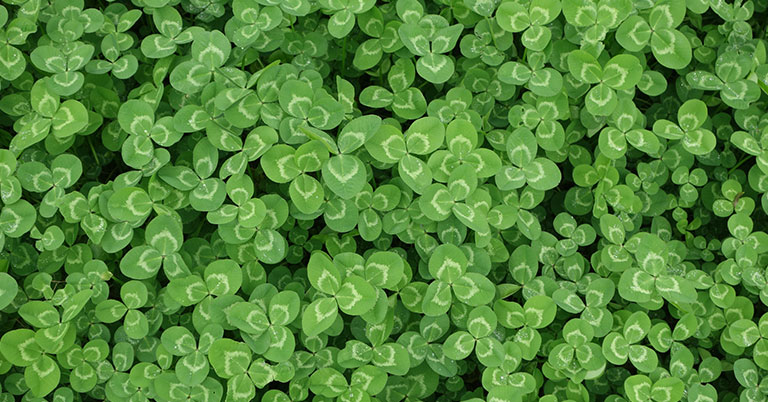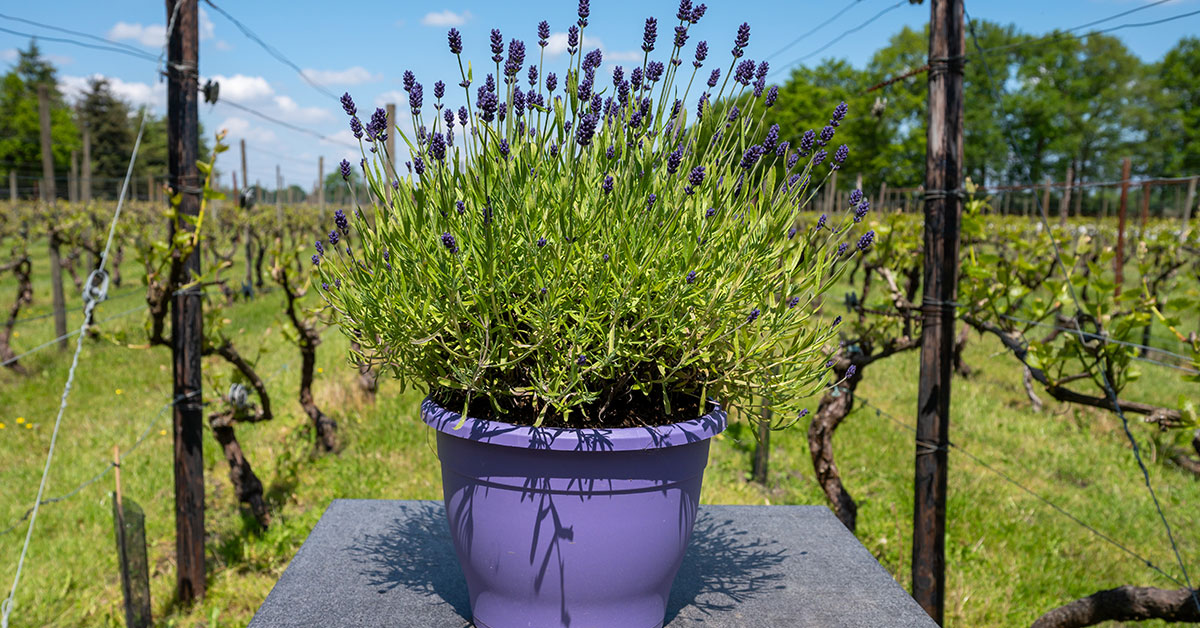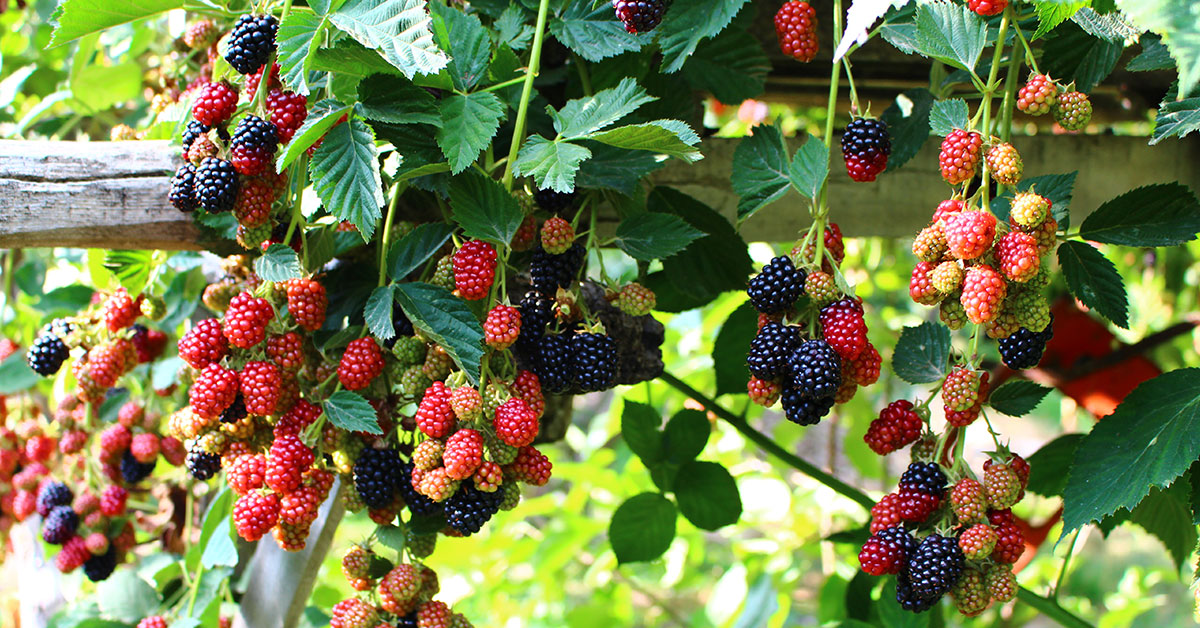Welcome to our comprehensive guide on the best fruit trees to grow in Georgia! With its warm climate, fertile soil, and long growing season, Georgia is a paradise for fruit tree enthusiasts. Whether you’re a seasoned gardener or a beginner, this article will help you choose the perfect fruit trees that thrive in Georgia’s unique conditions.
From the iconic peach trees to lesser-known varieties, we will explore the top fruit trees that will not only provide you with a bountiful harvest but also add beauty and charm to your garden. So, let’s dive in and discover the best fruit trees to grow in Georgia!
The best fruit trees to grow in Georgia
When it comes to growing fruit trees in Georgia, there are several best fruit trees to grow in Georgia that thrive in the state’s climate and soil conditions. These trees not only produce delicious fruits but also add beauty and charm to your garden. Whether you have a large backyard or a small urban space, here are some top choices for fruit trees that will flourish in Georgia:
- Peach Trees: Known as the “Peach State,” Georgia is famous for its juicy and flavorful peaches. Growing peach trees in Georgia is a rewarding experience, as they thrive in the state’s warm summers and mild winters. With proper care and maintenance, you can enjoy a bountiful harvest of sweet and succulent peaches.
- Apple Trees: Apples are another popular fruit tree choice for Georgia gardens. While some apple varieties require a certain number of chilling hours to produce fruit, there are several low-chill varieties that are well-suited to Georgia’s climate. These trees offer a range of apple flavors, from tart to sweet, and can be a delightful addition to your garden.
- Fig Trees: Fig trees are well-adapted to Georgia’s climate, making them an excellent choice for fruit tree enthusiasts. These trees are relatively low-maintenance and can produce an abundance of delicious figs. With their attractive foliage and unique fruits, fig trees can also serve as ornamental additions to your landscape.
- Persimmon Trees: Persimmons are native to Georgia and have been enjoyed for centuries. These trees are well-suited to the state’s climate and can produce an abundance of sweet and flavorful fruits. With their vibrant orange color and unique flavor, persimmons are a delightful addition to any Georgia garden.
- Pecan Trees: Pecans are a staple in Southern cuisine, and Georgia is one of the leading producers of this nut. Growing pecan trees in Georgia allows you to enjoy the rich, buttery flavor of homegrown pecans. These trees require ample space to grow, but their shade and beauty make them a valuable addition to any garden or landscape.
- Plum Trees: Plum trees are well-adapted to Georgia’s climate, making them an excellent choice for fruit tree enthusiasts. These trees produce an abundance of juicy and flavorful plums. With their beautiful blossoms in spring and delicious fruits in summer, plum trees can be a stunning and fruitful addition to your garden.
When selecting fruit trees for your Georgia garden, it’s important to consider factors such as chill hours, disease resistance, and pollination requirements. Consulting with local nurseries or agricultural extension offices can provide valuable guidance on the best fruit tree varieties for your specific location. With proper care and attention, these best fruit trees to grow in Georgia will reward you with a plentiful harvest of fresh, homegrown fruits.
Avoid growing these fruit trees in Georgia
When it comes to growing fruit trees in Georgia, there are a few varieties that are best to avoid due to the region’s specific climate and growing conditions. While many fruit trees can thrive in Georgia’s warm and humid climate, some may struggle to produce a bountiful harvest or may be more susceptible to diseases and pests. Here are a few fruit trees that are best to avoid in Georgia:
Apple Trees: While apple trees can be grown in Georgia, they require a certain number of chilling hours during the winter to set fruit properly. Unfortunately, Georgia’s mild winters may not provide enough chilling hours for most apple varieties to thrive and produce a good crop.
Cherry Trees: Similar to apple trees, cherry trees also require a significant number of chilling hours to produce fruit. The lack of consistent cold temperatures in Georgia can make it challenging for cherry trees to fulfill their chilling requirements, resulting in poor fruit set and limited yields.
Pear Trees: Certain pear varieties may struggle in Georgia due to the region’s high humidity and susceptibility to diseases such as fire blight. While some pear varieties may still be successful, it is crucial to choose disease-resistant cultivars and provide proper care to minimize the risk of disease.
Apricot Trees: Apricot trees are generally not recommended for Georgia due to their low tolerance for high humidity and susceptibility to late spring frosts. The combination of these factors can make it difficult for apricot trees to flower and set fruit reliably.
Sweet Cherry Trees: Unlike tart cherries, sweet cherry trees are not well-suited for Georgia’s climate. They require a more extended period of cold temperatures during the winter, which may not be consistently met in the region. Additionally, sweet cherry trees are more prone to diseases and pests, making them a less favorable choice for Georgia gardeners.
While these fruit trees may not be the best options for Georgia, there are still plenty of other fruit trees that thrive in the region. By selecting varieties that are well-adapted to Georgia’s climate, gardeners can enjoy a successful and fruitful harvest.
Fruit tree growing tips for Georgia
Growing fruit trees in Georgia can be a rewarding and fruitful experience. The state’s climate and soil conditions are favorable for a variety of fruit trees. Here are some tips and best practices to help you successfully grow the best fruit trees in Georgia:
- Choose the right varieties: Select fruit tree varieties that are well-suited to Georgia’s climate. Some of the best fruit trees to grow in Georgia include peach trees, apple trees, pear trees, cherry trees, and fig trees. Make sure to choose disease-resistant varieties whenever possible.
- Plant at the right time: Plant fruit trees in late winter or early spring when they are dormant. This allows them to establish their root systems before the growing season begins. Avoid planting during periods of extreme cold or heat.
- Select a suitable location: Fruit trees thrive in full sun, so choose a location that receives at least 6-8 hours of direct sunlight daily. Ensure the soil is well-draining to prevent waterlogged roots. Conduct a soil test to determine its pH level and nutrient content, and make any necessary amendments to create optimal growing conditions.
- Proper spacing: Allow enough space between fruit trees to ensure good air circulation and sunlight penetration. This helps prevent diseases and promotes healthy growth. Follow the recommended spacing guidelines provided by the nursery or extension service.
- Provide regular watering: Fruit trees require consistent moisture, especially during their first few years of growth. Water deeply and infrequently to encourage deep root development. Avoid overwatering, as it can lead to root rot. Mulching around the base of the tree helps retain moisture and suppresses weed growth.
- Fertilize appropriately: Fruit trees benefit from regular fertilization to promote healthy growth and fruit production. Apply a balanced fertilizer in early spring before new growth begins. Follow the recommended dosage and timing instructions for the specific fruit tree variety you are growing.
- Prune for shape and health: Pruning is essential for maintaining the shape, size, and overall health of fruit trees. Prune during the dormant season to remove dead, damaged, or crossing branches. This improves airflow and sunlight penetration, reducing the risk of diseases.
- Pest and disease management: Monitor your fruit trees regularly for signs of pests or diseases. Common pests in Georgia include aphids, mites, and various caterpillars. Use organic pest control methods whenever possible, such as beneficial insects or horticultural oils. Regularly inspect your trees for signs of diseases like brown rot or fire blight, and take appropriate measures to prevent their spread.
- Harvest at the right time: Each fruit variety has its own optimal time for harvesting. Familiarize yourself with the specific harvest window for the fruit trees you are growing. Harvesting too early or too late can affect the flavor and quality of the fruit.
By following these tips and best practices, you can successfully grow the best fruit trees in Georgia and enjoy a bountiful harvest for years to come. Remember to stay informed about specific care requirements for the fruit tree varieties you choose to ensure their long-term health and productivity.


